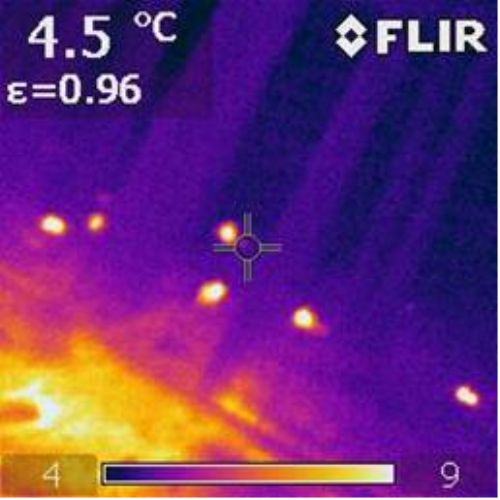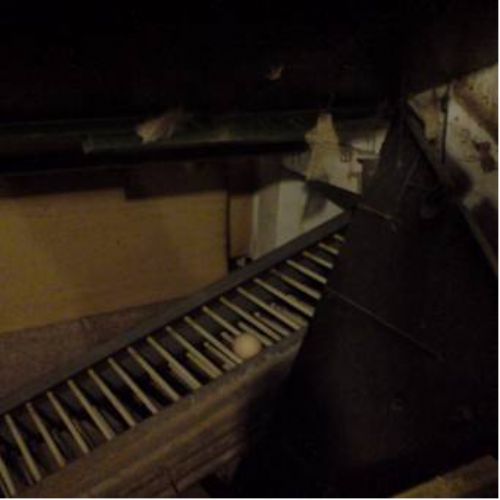
Rentokil have developed a new thermal imaging treatment to deliver quicker and more effective identification of pest control problems, using infra red technologies. This will give businesses access to pest-related information they would otherwise be unable to see such as rodents harbourages in wall cavities and burrows, infested pallets and storage warehouses as well as wasps nests in places such as roof voids. As the industry leader in pest control treatment, Rentokil is the first company to bring this application to the market.
The launch of the new thermal imaging treatment comes as part of Rentokil’s wider investment in innovation to deliver the most effective pest control methods for its customers. It follows the successful launch of its Entosite treatment, which uses tiny parasitic wasps to prey upon and parasitize fly pupae in the wild. Working as natural predators, the treatment is exclusive to Rentokil Pest Control and is already achieving impressive results for customers.
Savvas Othon, Technical Director at Rentokil, comments, ’This is an exciting development for Rentokil as it opens new doors in terms of pest control solutions. We’re taking infra red technology, which usually has specific applications, and utilising it in an innovative way to provide our customers with the most effective pest control methods available.’
Key benefits of thermal imaging include minimising disruption when identifying a suspected pest problem as the cameras will be able to detect pest harbourages in seemingly inaccessible locations. The information from the thermal imaging cameras will enable Rentokil’s technicians to quickly assess the extent of any infestations and recommend the most effective treatment. Rentokil currently has eight cameras already in use by its Technical Field Consultants across the UK.

The thermal imaging technology sees Rentokil build on its commitment to developing sustainable pest control and reduce chemical usage in treatments.
Savvas Othon continues, ’Improving the environment is at the heart of Rentokil ’ it is our business. By investing in research and development we are always looking at ways we can do our jobs in the most effective, sustainable and ecologically sound way. Thermal imaging is very much a part of this journey and we’re delighted to be sharing this with our customers.’
